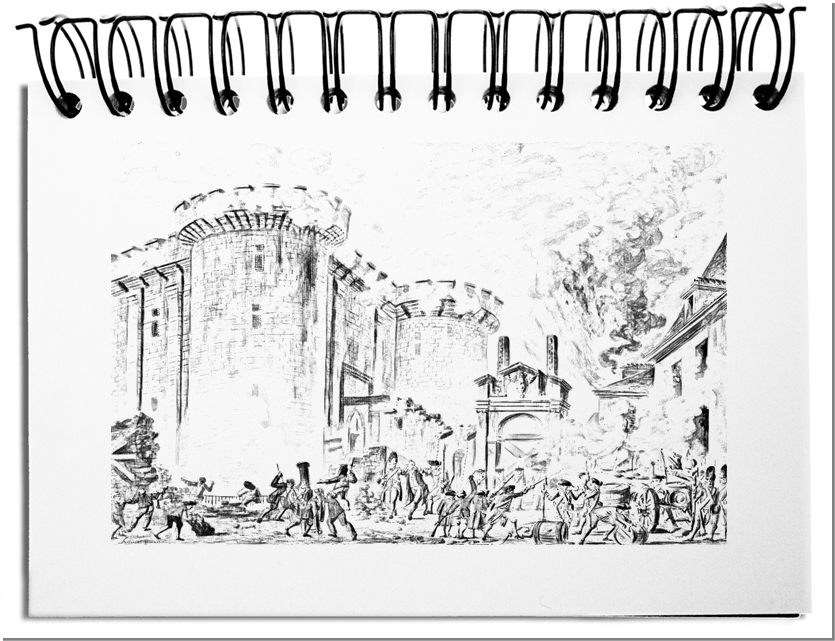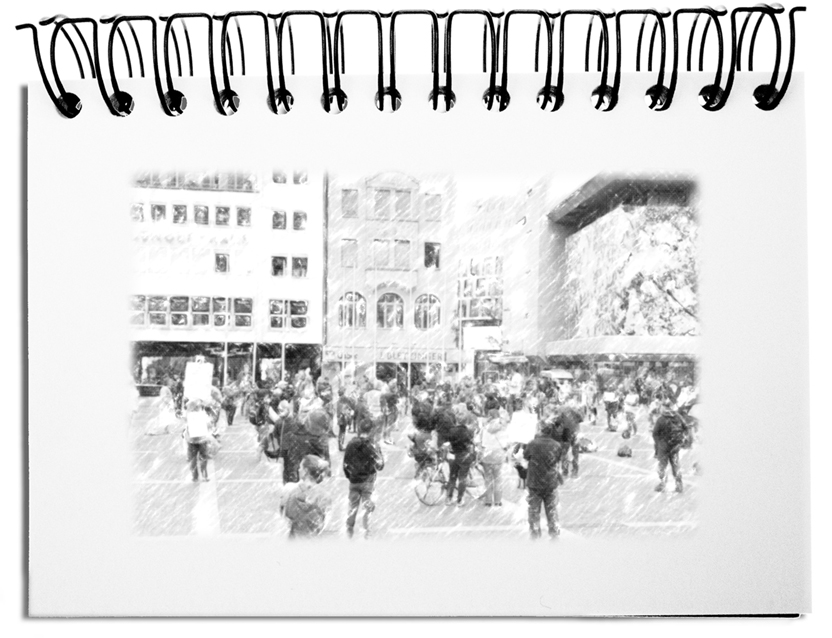We try to use factual language nowadays. However, there is even in such profane things as a glass containing 250 ml of water more than the determined amount. The colloquial description also reveals our sensitivities – do we speak at 125 ml of a half-full or half-empty glass? Our mental state always resonates in the choice of words. Consider the following two examples: (1) We fear that the annoyance can be settled rather bad than good. (2) We are convinced that the matter can be settled adequately. If we fear something, we have a higher level of uncertainty than if we are convinced. When an occurring problem is described as an annoyance, there is more behind than just a matter that can be solved. Whether the solution then turns out to be rather bad than good or can be adequately realized greatly influences the resistance of those involved. Although both sentences differ in only three positions, (2) is the more practical version. The surrounding aura of a word is determined by our culture and the world knowledge it contains. Expert word jugglers use these backgrounds to evoke certain moods.
As an example, consider the protagonists of political and social shifts. Depending on the evaluation of an overthrow, reporters use different words for the people who overthrow.
- Supporter
Sympathetic observers‘ side with the bunch moving through the streets. Participants of marches
are played down as supporters – regardless of whether cars on the side of the road get burned, windows are broken, or police officers and reporters are threatened. That way, recipients are subliminally provided with a frame for interpreting the events – just as during the storming of the Capitol, commentators talked about supporters until they switched to the term - Demonstrator
Journalists walk with registered demonstrations where thousands move through the streets. Peaceful citizens exercising their right to freedom of expression are initially referred to as Even if a few rioters disrupt the event on the sidelines. The downplaying of the collateral damage that occurs is done by describing the event as peaceful for the majority – just like the Arab Spring or the activists in Hong Kong. - Bully
When reporters focus on the activists who deliberately riot visibly through the streets, it is no longer considered a demonstration but a rampage. It then becomes a disturbance of the free democratic basic order by political activists, right-wing radicals, hooligans, and rioters. Their only goals are the dissolution of the existing order, disconcertion of society, and the senseless destruction of property, as observed every year on May 1 in Kreuzberg (Berlin). - Revolutionary
The view into history glorifies the reporting. After the fact, it becomes apparent who won. Let us imagine what we would have seen in France after 1789 if the internet had already been available. A mob dissolved the existing order by storming public institutions with violence. We would have seen images similar to those of the attack on the Capitol. In retrospect, however, we are talking about revolutionaries. As long as a change of power has not yet taken place, this designation is only used when the overthrow is seen as desirable. Revolutions always want to overthrow an existing system in favor of a better one – at least from the protagonists‘ point of view. The commemorative cultures in Russia, China, Cuba, Iran, Nicaragua, or Germany celebrate their revolutionaries as heroes or traitors, depending on the current political situation (Think about the resistance fighters of July 20, who were not rehabilitated until 1952).
Even in the most ’serious‘ media, there are more and more judgmental reports. Examples in Germany are reports about officially unwanted events of Querdenker (lateral thinkers) or coverages from North Korea. These reports are constantly enriched with personal, emotional remarks. ‚Random‘ conversations take place with stereotypical personalities. If a journalist then adds the comment that he feels safe while casting an uncertain glance at a scene that is invisible to the viewer, then we have already left the level of neutral reportage.
Bottom line: Crowds that hit the roads for a cause always look similar. The difference is made by the signs, signal colors, and symbols – „We are against …“ or „We are for …“; Ukraine’s orange revolution or red in Myanmar; or the umbrella revolution in Hong Kong. When participants are alternately referred to as supporters, demonstrators, bullies, or revolutionaries, we sense the insinuating judgmental undertone. A pendulum of power always swings from one side to the other – and back again after a specific time. And in all cases, crowds gather to demonstrate against the current system. The flood of reports on all available channels and the information bubble, which give us the same messages repeatedly, have pushed neutral reports out of the information market. Even individuals can influence the opinion of large groups – as can be seen in German-speaking countries, for example, with „Frank der Reisende.“ To what extent there is an independent, true core, and whether we ever find it, is always in the eye of the beholder. And for all, it is always true that overthrowers throw over.


